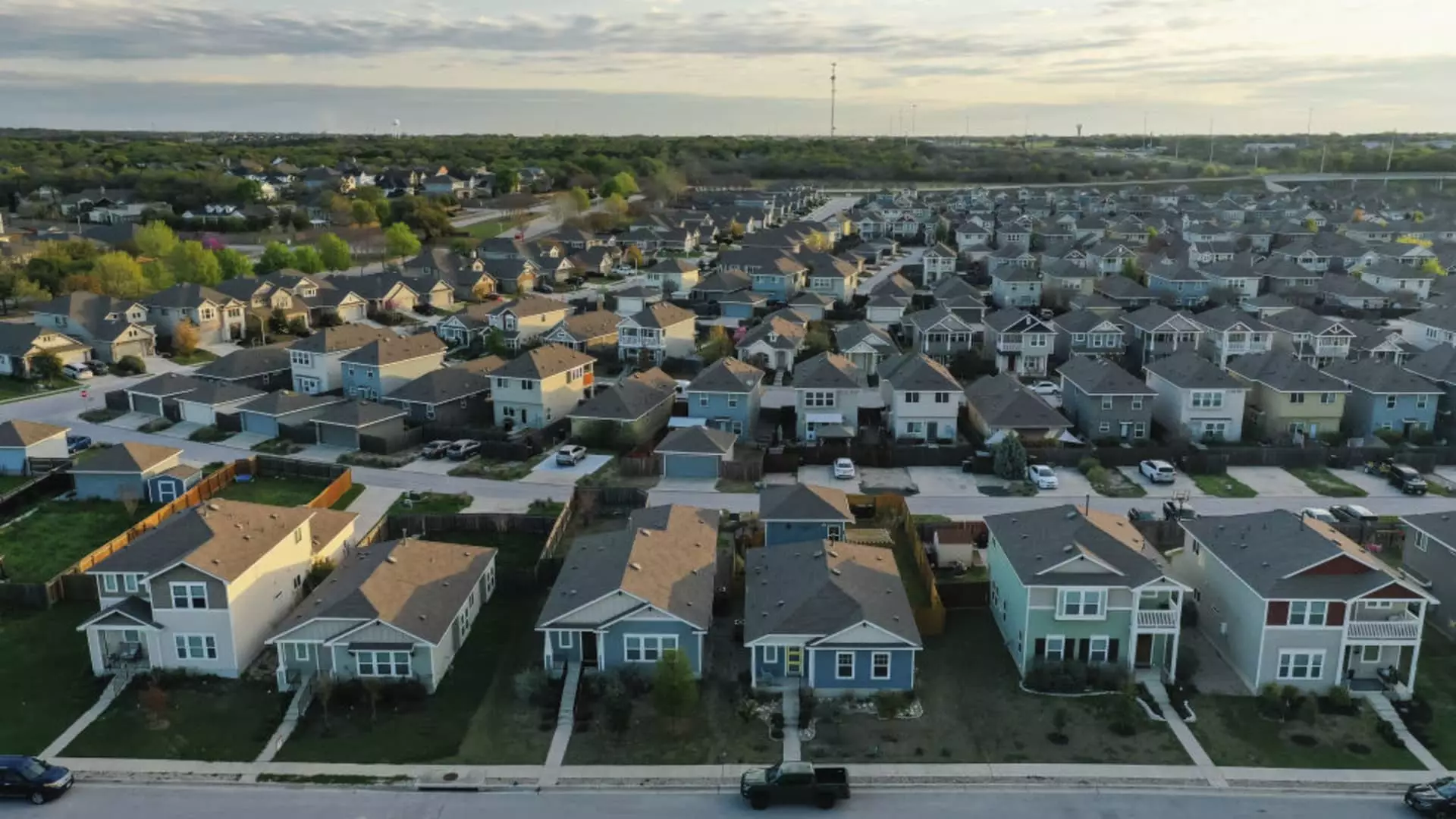The latest developments in the mortgage sector reveal a slight recovery in demand, even as interest rates continue to rise. Recent data from the Mortgage Bankers Association (MBA) indicates a 1.7% increase in total mortgage application volume for the past week, a notable rebound following a period of stagnation. Interestingly, this uptick coincides with a rise in the average contract interest rate for 30-year fixed-rate mortgages. The rate climbed to 6.90%, up from 6.86% the previous week, suggesting that potential homebuyers remain undeterred by the escalating costs associated with borrowing.
One key finding is the increase in purchase applications, which rose by 2% week-over-week. However, this figure still reflects a 1% decline from the same week last year. This juxtaposition points to a disconnect between current market conditions and historical trends, as increased inventory in certain real estate markets appears to have benefited buyers. Notably, there has been a surge in applications for Federal Housing Administration (FHA) loans, which experienced a remarkable 7% increase. This shift indicates that consumers are gravitating towards more accessible financing options amid rising interest rates.
Refinancing applications also showed resilience, with a 2% rise over the week and a substantial 43% increase compared to the same period last year. Such growth in refinancing, particularly a notable 10% boost in applications from veterans (VA loans), highlights ongoing consumer strategies to optimize their mortgage terms. This can be particularly advantageous as borrowers seek to capitalize on rates before they reach further highs.
Moreover, fluctuations in mortgage rates can also be attributed to broader economic events. Bond yields have shown volatility recently due to geopolitical tensions, notably the authorization for Ukraine to utilize long-range missiles. The subsequent market reaction demonstrates a ‘flight to safety’ among investors seeking refuge from instability, causing rates to dip slightly after an initial uptick. This illustrates the interconnectedness of housing finance with global events, where economic and geopolitical factors can influence consumer behavior and lender strategies.
The current landscape of mortgage demand is undoubtedly influenced by a confluence of factors, including rising interest rates, shifting borrowing patterns, and the impacts of global events. While some indicators reflect a resilient market, the challenges posed by rising costs and fluctuating inventory levels continue to shape buyer sentiment. As the industry moves forward, stakeholders must remain vigilant, as further developments could have significant implications for borrowing decisions and market stability in the months to come. The inherent unpredictability of economic and geopolitical trends suggests that both lenders and prospective homeowners will need to stay attuned to the shifting tides in the mortgage landscape.

